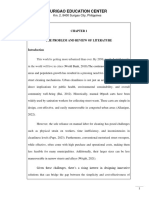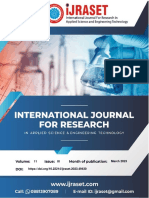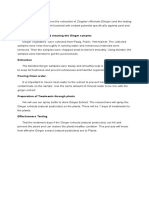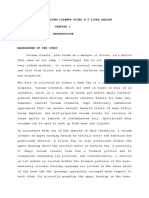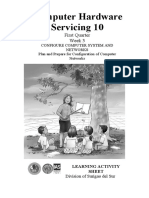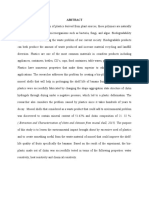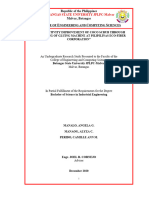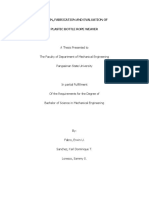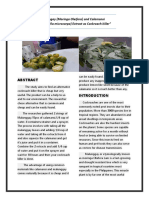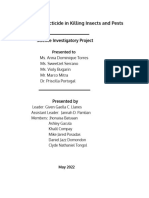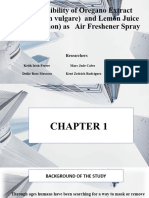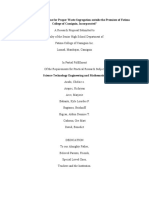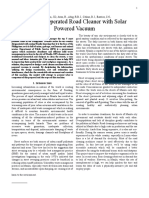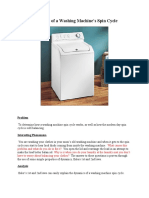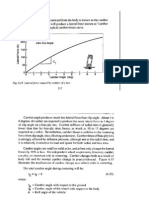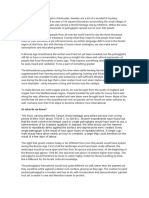0% found this document useful (0 votes)
1K views10 pagesDeveloping Low Cost Push Sweeper
The Philippines faces challenges with traditional sweeping methods, prompting the need for improved sweeping technologies due to inefficiencies and user fatigue. This study aims to develop a low-cost, user-centered push sweeper designed to enhance waste management in Davao City, addressing issues like debris collection and accessibility. The project will utilize a Design Thinking approach to create an effective, efficient, and environmentally friendly solution for street cleaning.
Uploaded by
salidoqueenmayumeCopyright
© © All Rights Reserved
We take content rights seriously. If you suspect this is your content, claim it here.
Available Formats
Download as DOCX, PDF, TXT or read online on Scribd
0% found this document useful (0 votes)
1K views10 pagesDeveloping Low Cost Push Sweeper
The Philippines faces challenges with traditional sweeping methods, prompting the need for improved sweeping technologies due to inefficiencies and user fatigue. This study aims to develop a low-cost, user-centered push sweeper designed to enhance waste management in Davao City, addressing issues like debris collection and accessibility. The project will utilize a Design Thinking approach to create an effective, efficient, and environmentally friendly solution for street cleaning.
Uploaded by
salidoqueenmayumeCopyright
© © All Rights Reserved
We take content rights seriously. If you suspect this is your content, claim it here.
Available Formats
Download as DOCX, PDF, TXT or read online on Scribd
/ 10
